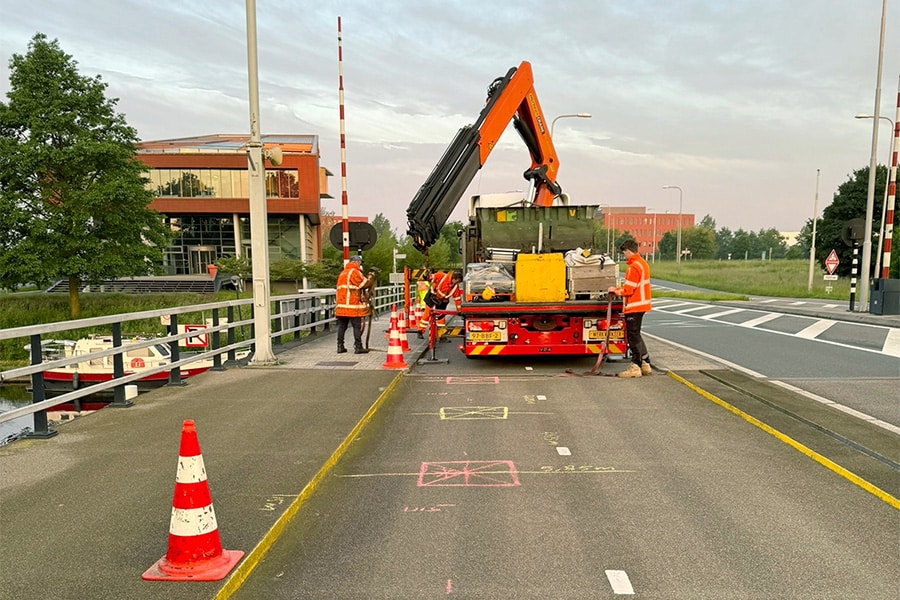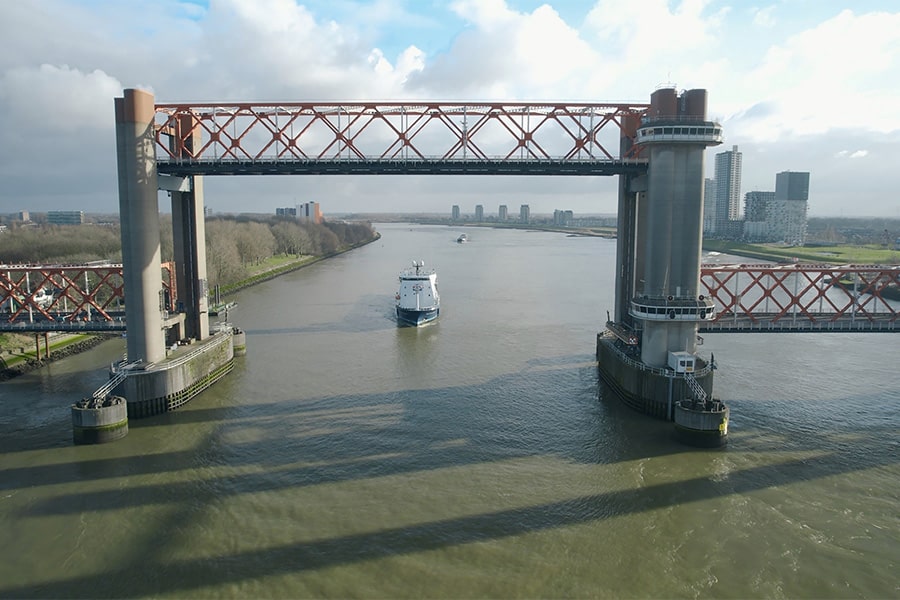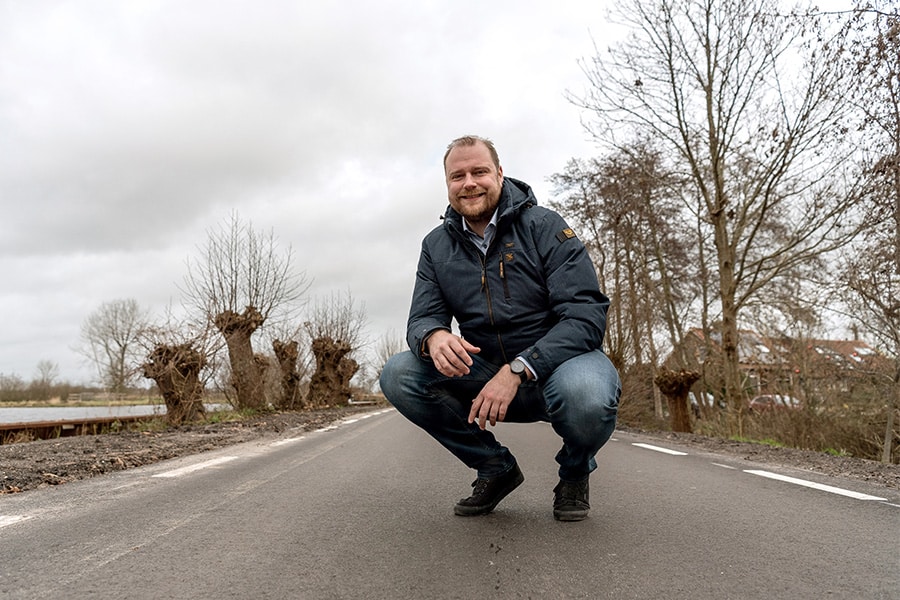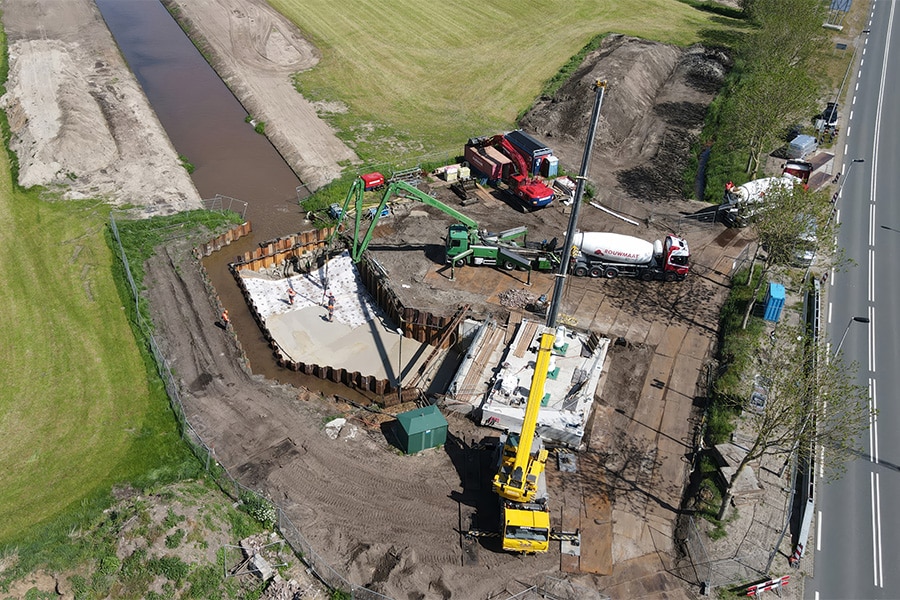
Transport via pipelines has the future
The market for underground and overhead pipelines is evolving. Pipelines are an indispensable aspect for the functioning of society and offer potential for sustainable, future-oriented infrastructural solutions to (current) complex issues.
The transport capacity of pipelines is impressive. For example, a pipeline 900 mm in diameter and 120 kilometers long has the same transport capacity as over 2,700 trucks at an emission rate of 4% CO2. An additional advantage is that transport through pipelines is undisturbed and safe.
Consultancy and engineering firm Lievense | WSP has been designing and managing pipelines in the Netherlands and Belgium for 60 years, including the transportation of industrial gases, fossil fuels and water. Experts from various disciplines work closely together on integrated solutions, with an eye to the future.
Green energy buffer under our feet
The energy transition brings new opportunities. For example, investments are already being made in pipelines for heat, CO2 and (green) hydrogen. Sjaak Blok, Department Head of Pipelines and High Voltage at Lievense | WSP: "We believe that this trend - the search for affordable and viable solutions through the use of (partly existing) above-ground and underground pipeline infrastructure - will continue to develop. Innovation is essential here."
For example, in the context of large-scale renewable energy generation, Lievense | WSP has proposed as a possible solution the conversion of electricity, generated using solar and wind power, into hydrogen and storing it in and transporting it through a network of underground pipelines laid in LSNed's existing pipeline street. Because use will be made of that existing infrastructure, this will have little impact on the living environment.
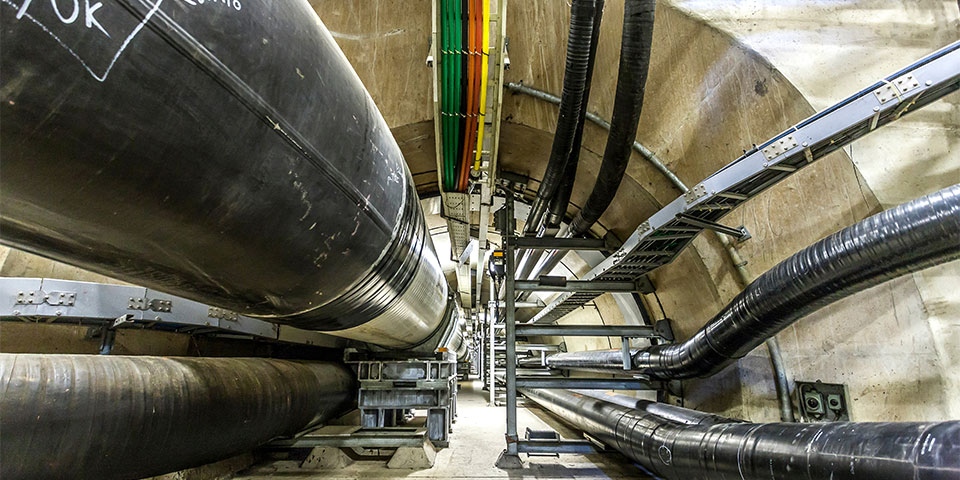
Eyes on the future
"Interesting issue is how to design underground infrastructure for future facilities in the most effective, efficient and safe way possible. This will have to take into account a transition period where traditional and new energy as well as water supplies are jointly present in the ground. How do we get and keep it all appropriate, manageable and affordable? That is what we like to think about. Working together, showing mutual understanding and sharing knowledge and experience are crucial elements in meeting these challenges," says Sjaak Blok. For example, the consultancy and engineering firm already participates in the Project Overstijgende Verkenning Kabels & Leidingen (POV K&L) in which integral analyses of pipeline and dike failures are carried out for practical situations with parallel and intersecting pipelines. The aim is to integrate existing pipelines in dike reinforcement projects with minimal investment.
Network BIG
Working together, showing mutual understanding and sharing knowledge and experience are also reflected in the objectives and projects of the Pipeline Industry Guild (BIG). According to Sjaak Blok, the BIG network can and will play a crucial role in the future vision of pipes and cables. Lievense | WSP has been a member for years and considers the BIG as the connecting institute between clients, engineering firms and executing parties.
